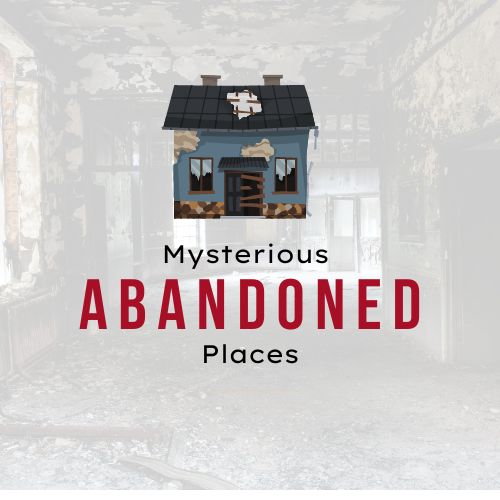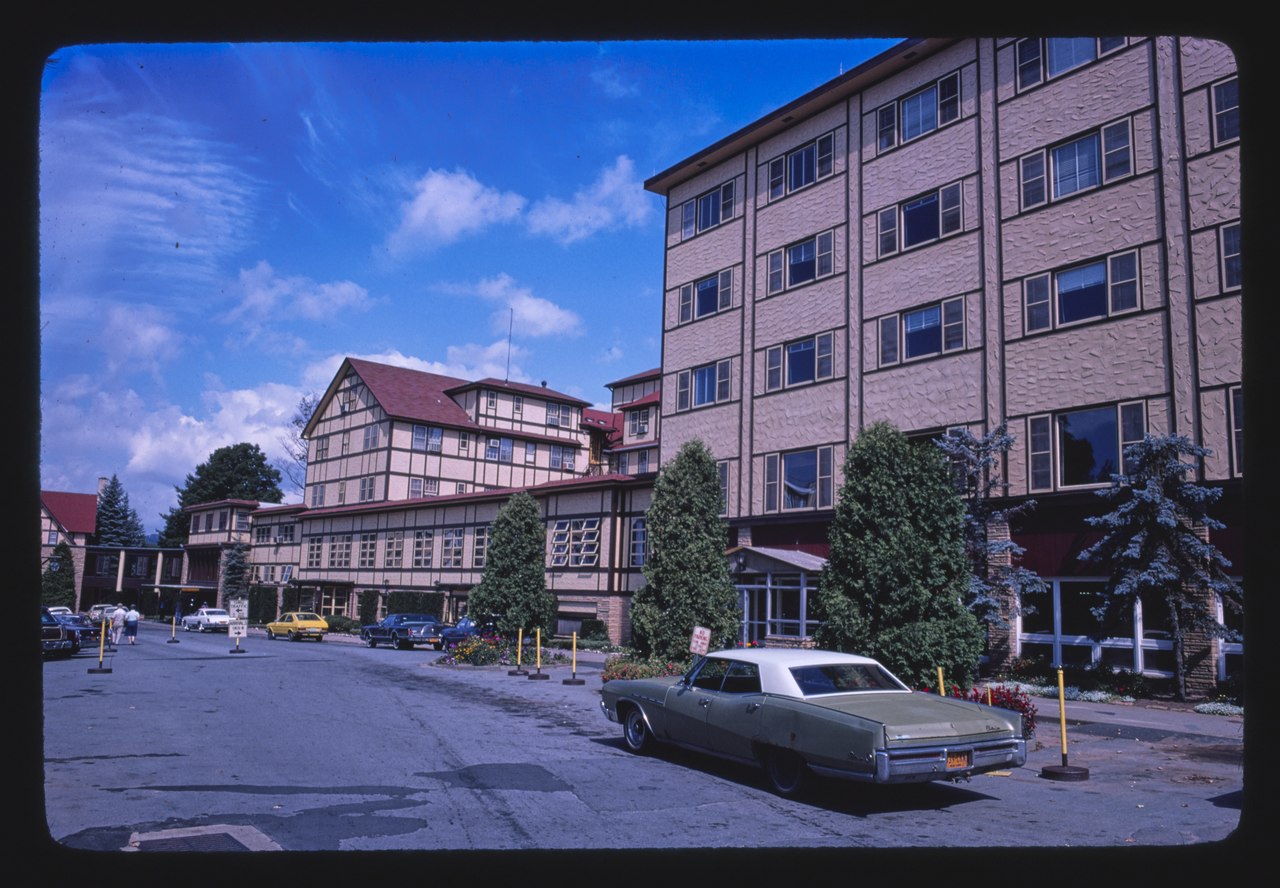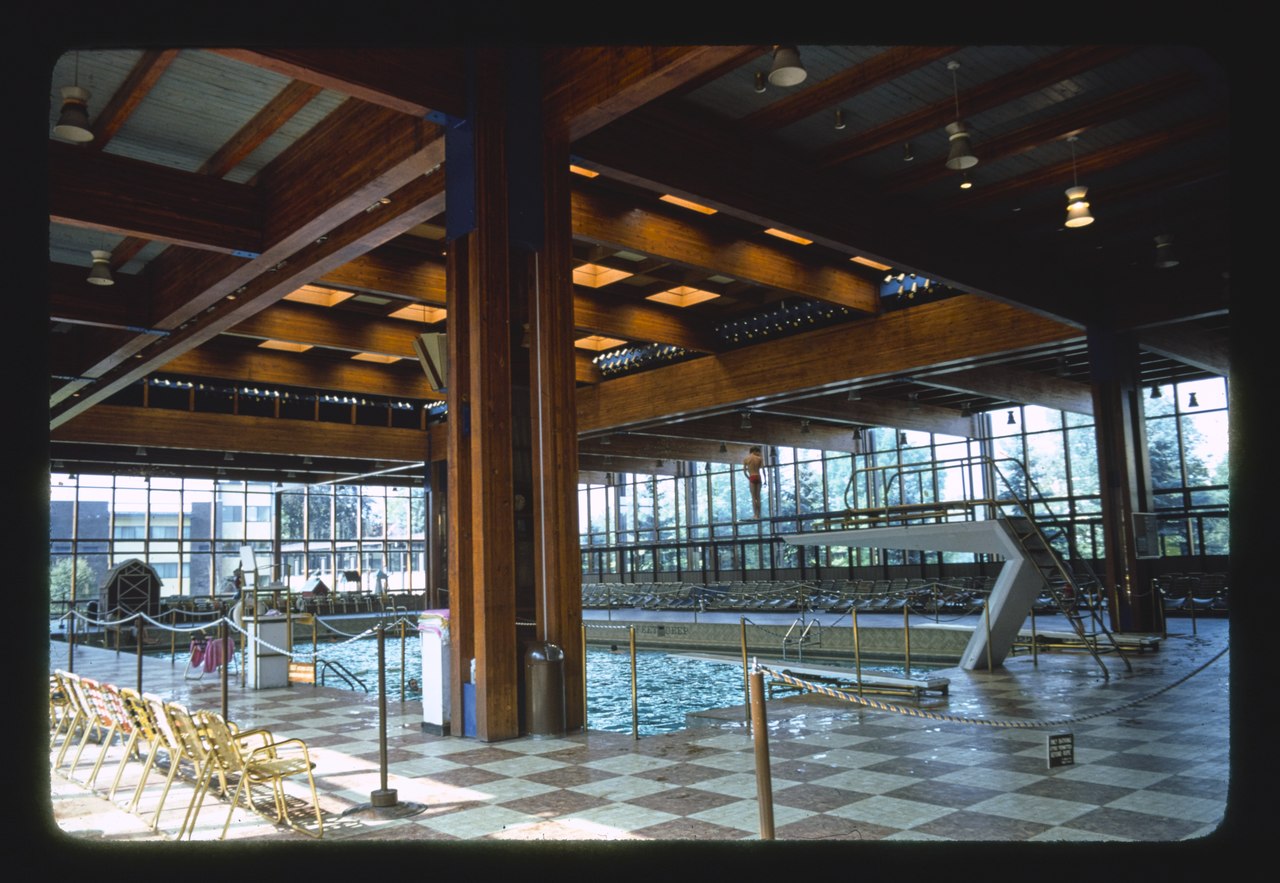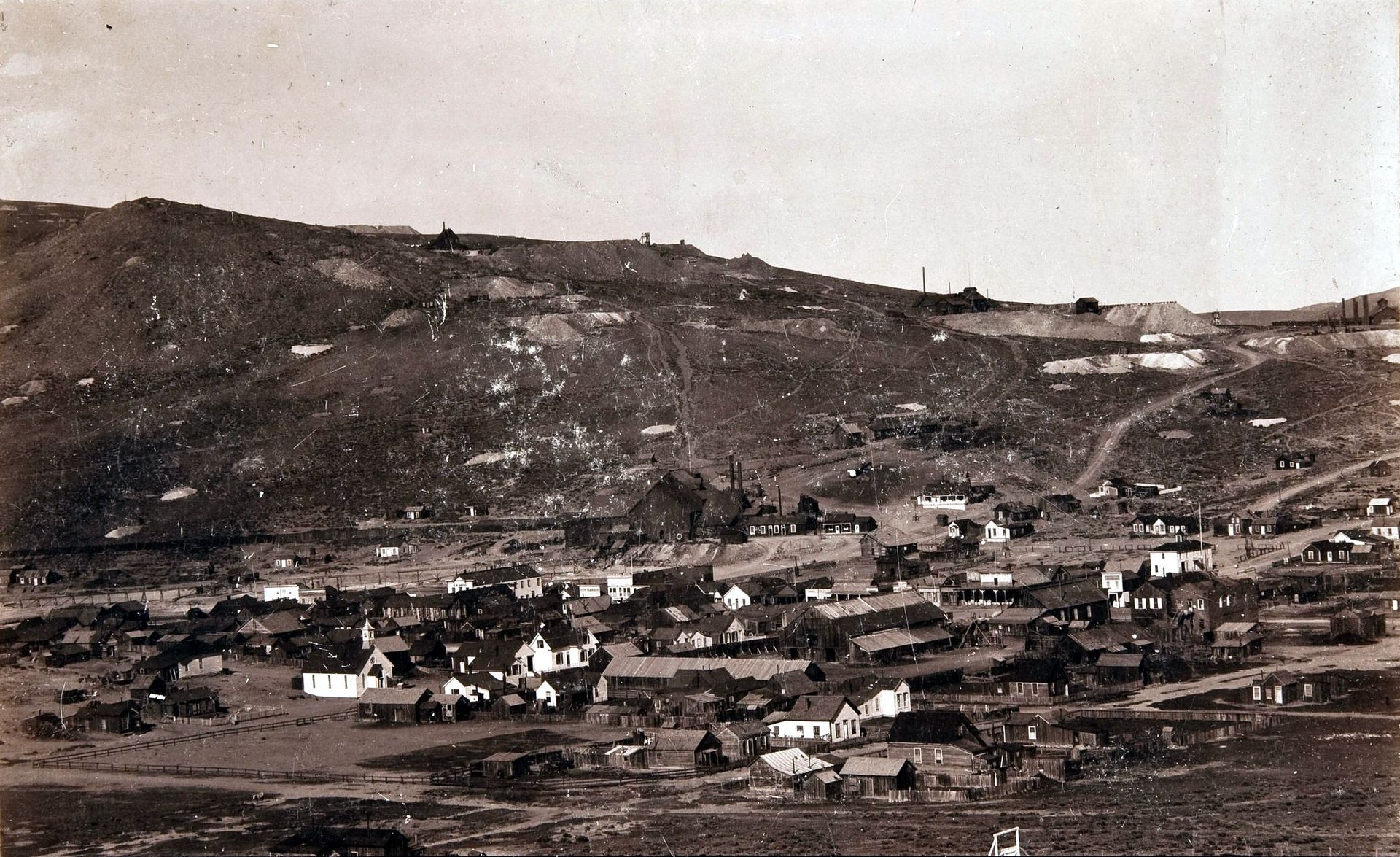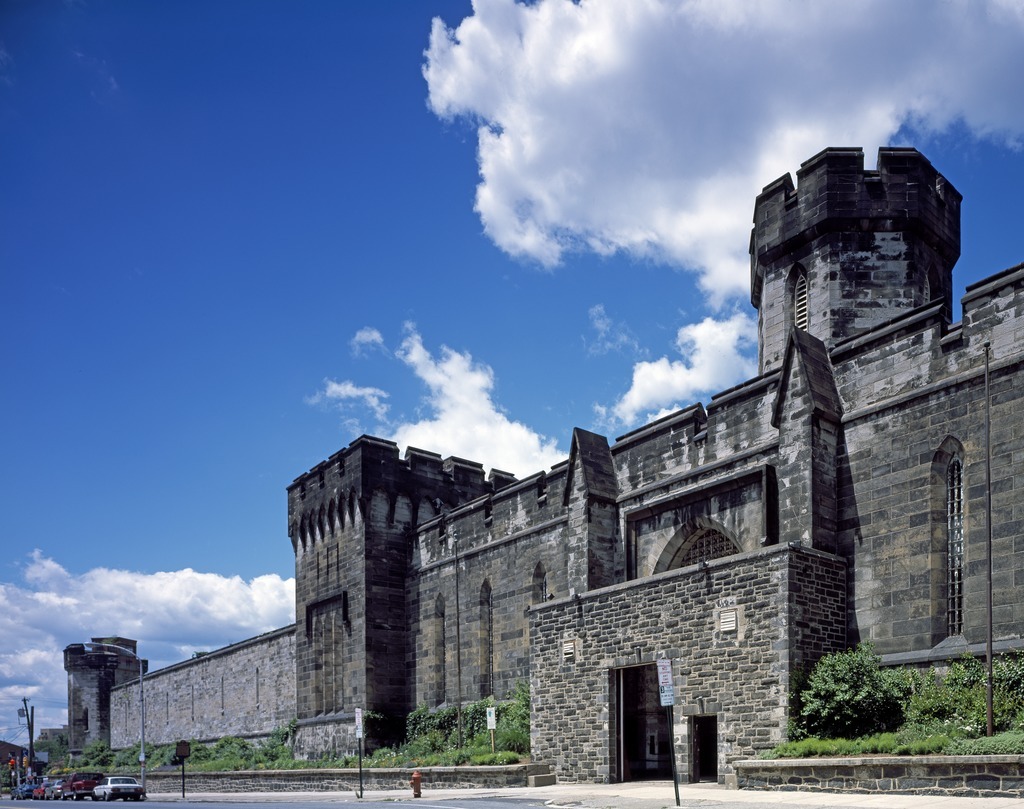There appears to be an endless fascination with contemporary degradation, whether it be in the form of abandoned structures, abandoned communities, or abandoned amusement parks.
These are fleeting moments in which man-made objects are at war with nature.
They evoke thoughts of regret and nostalgia because they are mysterious, terrifying, and bizarre. Despite the fact that we live in a modern culture with iPhone-packaged products, we find excitement in images of deteriorating structures and abandoned objects.
Listed below are some mysterious abandoned places you might be interested in:
Notch Hill church in Tappen, BC, Canada
1885-1886, the town of Notch Hill grew as a result of the CPR having the ‘pusher engines’ located there. The CPR, also formerly known as CP Rail (1968–1996), was a Canadian Class I railway. The train was the primary mode of long-distance transport in Canada until the 1960s. Among the many types of people who rode CPR trains were new immigrants heading for the prairies, military troops (especially during the two world wars) and upper class tourists.
Notch Hill was known as having the steepest grade in Canada and needed ‘pusher engines’ to assist the trains from Chase in the west and Tappen in the east.
There used to be a sizable coal tipple, but it was subsequently replaced with an oil tank and pump building. There was a sizable water tank as well. There is an uncommon issue at Notch Hill. Water is scarce for both home and agricultural purposes since the area is at the top of a hill.
Many of the towns’ folk were CPR employees; engineers, oilers, wipers, station agent and section workers. Three of these CPR employees were Mr. William Loftus, Mr. Carl Frederickson and Mr. Joseph Callaghan; volunteers in the construction of Holy Cross Church.
The story of the Notch Hill church went, that early in the last century, there was a split in the congregation, and the larger now derelict church was built just east of the village center. Before a service was ever held in the new building, there was a reconciliation within the congregation, and they returned to the old church behind the community hall. The bigger building was never consecrated.
Rufus Hammond completed construction of the Notch Hill Catholic Church on his land in October 1922, with the help of several volunteers.
By the 1960’s the CPR built a second and third set of tracks which forced parishioners to walk on the right of way or trespass through farmers’ fields. There was also a marked decline of parishioners throughout the 1960’s and on April 28, 1970 Anne and Carl Frederickson celebrated their 50th Wedding Anniversary in Holy Cross Church. That was the last time the church was used and after this ceremony Holy Cross Church closed its doors.
The church stayed active until 1970, with the property reverting back to Crown land in the 1980s as a result of unpaid taxes.
Gradually, the lightly built wooden church began to deteriorate to the point when finally, by 2012 the bell tower had a significant lean, much of the roof on the eastern side was torn away and the whole building was tilting 16 inches toward the east.
The church began a ‘new life’ in it’s 90th year after heritage grant was issued to the village to restore the church behind the viewing platform.
During the initial restoration period from August through December 2012, the building was levelled and is back to a vertical position due to the hard work and consistent efforts of a dedicated group of volunteers. More re-construction will continue throughout 2013.
Canol Heritage Trail
The Canol Heritage Trail follows a decommissioned World War II pipeline that has since been abandoned in the Mackenzie Mountains of the Northwest Territories. They are 385km of one of the toughest hikes in North America, with stunning examples of wartime architecture that provide a fascinating history lesson.
The Canol trek, the world’s last big mountain range, is the longest and most difficult hiking trek in North America. It follows in the footsteps of earlier times when mission-hardened troops undertook even more difficult tasks.
Starting at the Northwest Territories border, the Canol strikes out through the Mackenzie Mountains, carrying backpackers 355 foot-wearying, eye-popping, soul-stirring kilometres. The trail follows the defunct Canol Road and Pipeline – a wildly ambitious effort during the Second World War to pump gas from Norman Wells to the allied forces on the Pacific Front.
Today the pipe is long gone and the “road” is an overgrown path. But all along the way, there are relics from the war like Quonset huts and old military barracks. Army trucks and tractors from the 1940s line the Canol route. It’s like a trail that winds through an outdoor museum, memorializing the monumental efforts of the war. The machines bear messages from a bygone era.
Grossinger’s Resort, Liberty, New York
Grossinger’s Catskill Resort Hotel was once the gem of the borscht belt, a bucolic mountain hideaway whose summertime community welcomed generations of New Yorkers. Despite the fact that you would never know by looking at it in its current form, it resembled the resort in Dirty Dancing when it was at its peak; some even contend that Grossinger’s served as the model for the movie. The resort shut its doors in 1986 due to the town’s economic collapse.
Bodie Ghost Town, California
Bodie was founded by prospectors drawn by the California Gold Rush in the middle of the 1800s. It quickly developed into a thriving mining town with money-hungry men, saloon shootouts, and barroom fights. But its good fortune was fleeting. By the 1890s, the population had begun to decline as other gold discoveries had attracted the crowds. In the 1960s, this abandoned town—now frozen in time—became a National Historic Landmark. Today, visitors—not miners—come here in droves to wander the deserted streets and take in the town’s slow demise.
The streets are now open for wandering, just as they were more than 50 years ago when the last occupants fled, many leaving their possessions behind.
You get the impression that you have either traveled back in time or have stumbled upon a Hollywood movie set as you walk amid the rusted iron equipment, past the ancient, fading wooden buildings, and stare through the saloon windows.
Eastern State Penitentiary, Philadelphia, USA
From 1829, this Philadelphia facility, which had opulent design, contemporary amenities, and legendary inmates like Al Capone, had the title of being the most costly jail in the world. One of the earliest prisons ever constructed, it blended striking architecture with stringent rules to encourage repentance and rehabilitation in the minds of prisoners.
The Penitentiary would not only punish the offender but also encourage spiritual contemplation and transformation. A Quaker-inspired regimen of labor-intensive isolation from other convicts was used. Early systems had severe rules. Inmates were hooded whenever they were outside their cells to avoid distraction, knowledge of the building, and even minor interaction with guards.
The facility, which was shut down in 1971 and has since degenerated into a jumble of crumbling cellblocks, is now recognized as a National Historic Landmark. Visitors are welcome at Eastern State Penitentiary all year round.
Conclusion
Buildings, communities, and cities that have been abandoned are everywhere in the globe. They were frequently never occupied again, and the reasons for their abandonment vary. The following list is only a few of the most common causes of abandonment: economic downturn, natural catastrophe, hunger and drought, illness or contamination, loss of natural resources, massacres, war, capture, sacking, and/or a catastrophe caused by humans (like Chernobyl).
There is probably a deserted location close to you right now, whether it was abandoned a few decades ago or thousands of years ago. These locations frequently decay through nature, time, and humans, leaving a ghostly shell of their former beauty when no one is there to preserve the structures.
